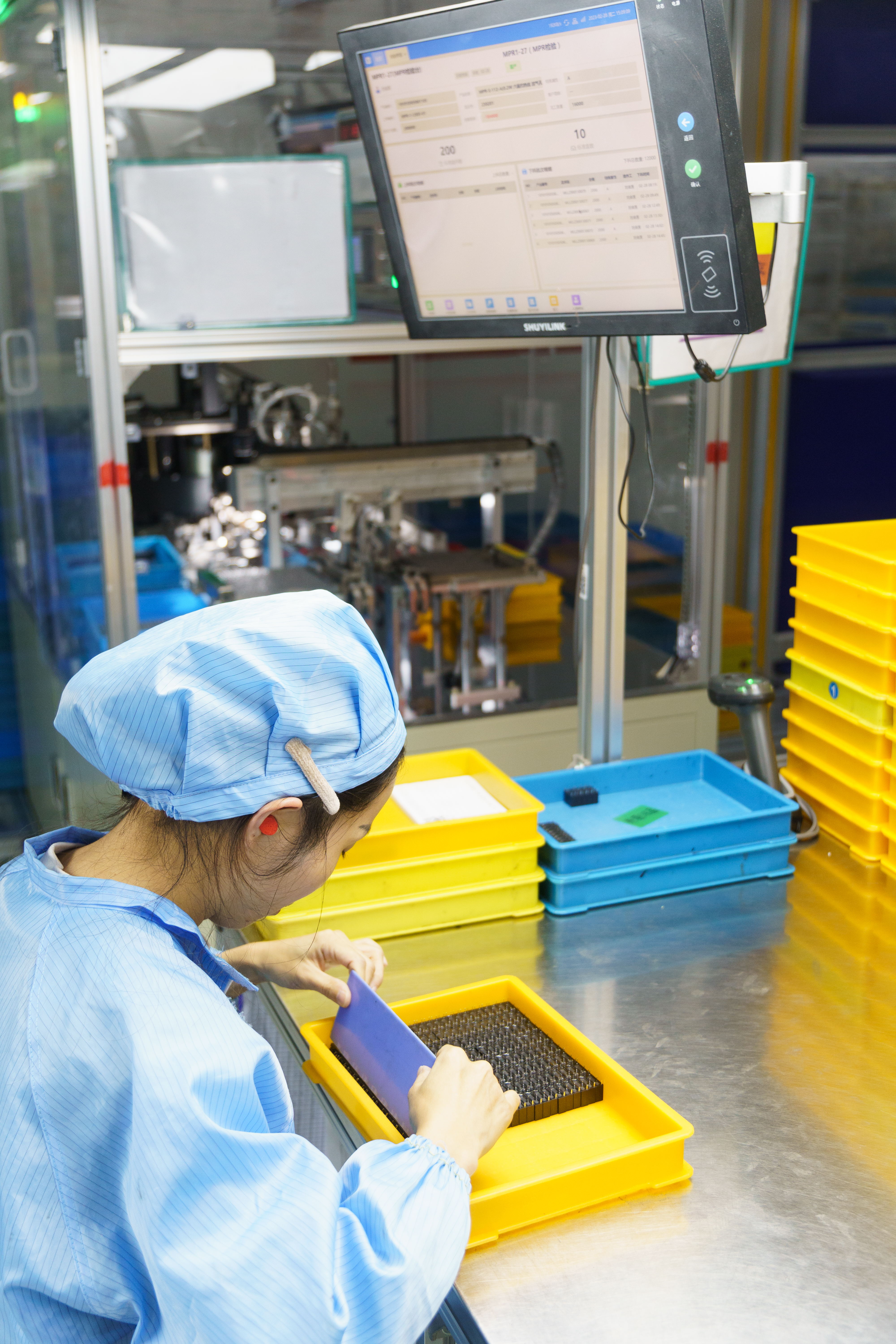understanding the relay production process: spotlight on meishuo
Release time:2025-06-24 05:31:41
Relays play a critical role in modern electrical systems, acting as switches that open and close circuits in response to an electrical signal. These compact devices are essential components in a wide variety of applications, including automotive, industrial machinery, and telecommunications. The production of relays is a meticulous and precise process, involving various stages to ensure the final product is both reliable and efficient. Among the many companies engaged in relay manufacturing, Meishuo stands out as a leading producer known for its innovation and quality.

The Initial Stages of Relay Production
The relay production process begins with the selection of raw materials. The components of a relay typically include metals such as copper, silver, and aluminum for the electrical contacts, as well as plastic and steel for the casing and mechanical parts. The first step is to procure high-quality materials, as the performance of the final product depends heavily on the properties of these raw materials. Meishuo, renowned for its commitment to quality, ensures that only the best materials are sourced from trusted suppliers.
Once the materials are gathered, the manufacturing process begins with the production of the relay's internal components. This includes the contact springs, the coil, and the armature. The coil, typically made of copper wire, is wound around a core to create a magnetic field when energized. This magnetic field is responsible for the relay's switching action. Meishuo employs advanced machinery and techniques to ensure that the coils are precisely wound, optimizing the performance of the relay.

